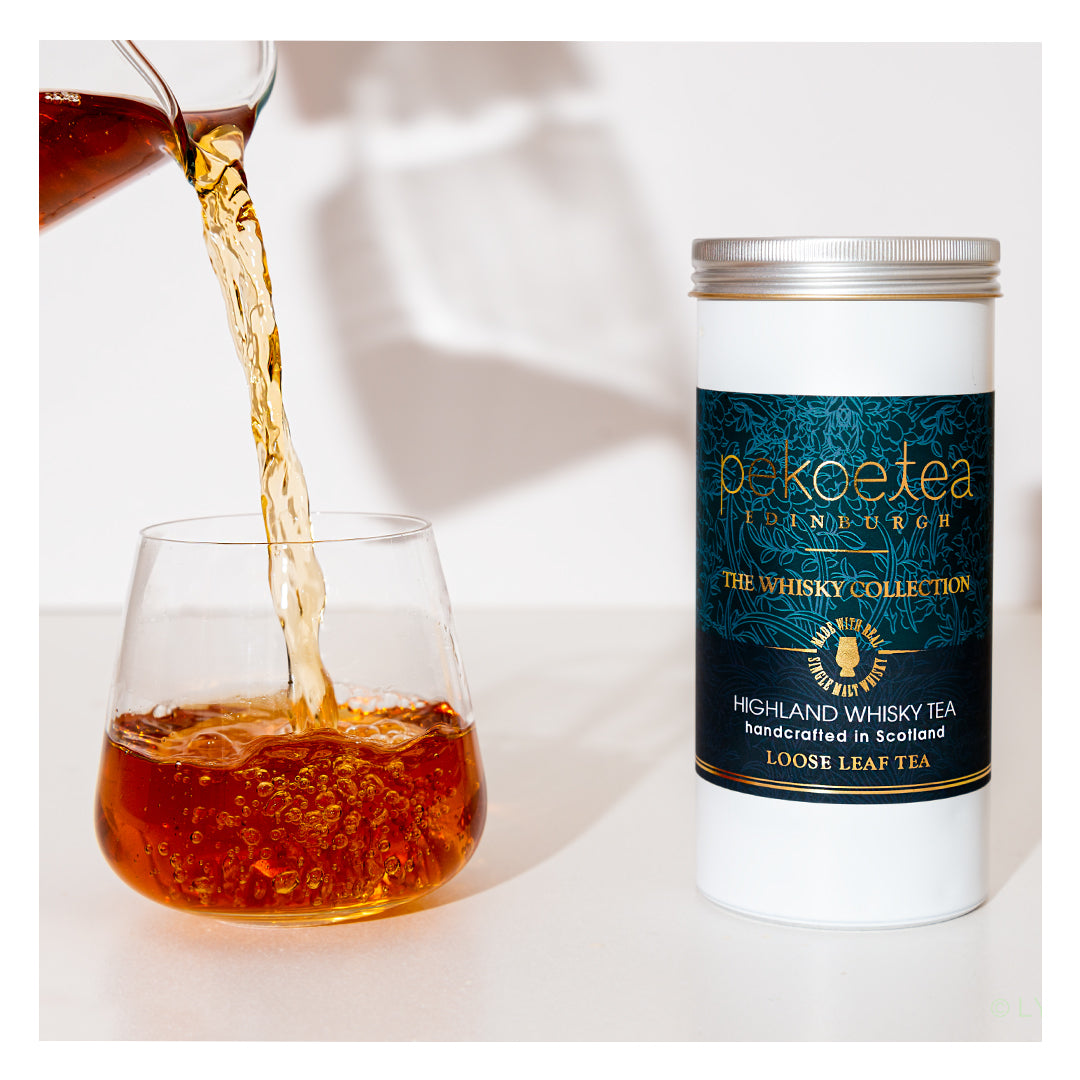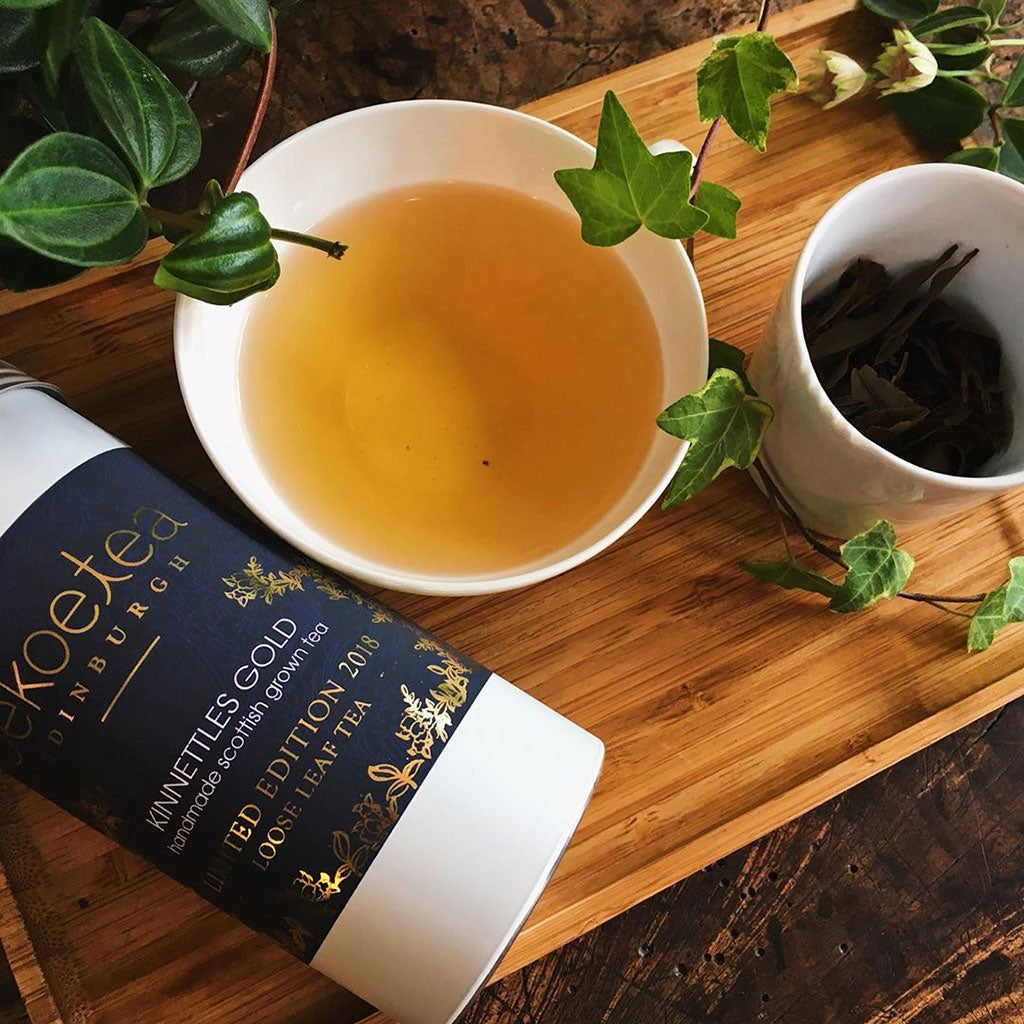Yunnan Province, located in the southwestern reaches of China and bordering Vietnam, Laos and Myanmar further to the southwest, is a mountainous sub-tropical region of outstanding natural beauty and vast mineral resources. The province is extremely rough in terrain, with steep valleys and mountains leaving very little flat land for agriculture or settlement but creating incredible variety in landscape and weather.

Although mining and tourism bring in the bulk of modern Yunnan's revenues, the province's greatest wealth is in its vast biodiversity. The year-round warm weather, high rainfall, rugged terrain and remoteness mean that Yunnan has been described as a natural botanical garden, with more than half of the known plant species in China found there. Among many hundreds of medicinal herbs, spices and other plants, this ecological treasure trove includes the tea plant itself, Camellia sinensis and its broad-leafed assamica varietal.
Settlement in Yunnan Province dates back to the Neolithic, with early settlements and villages dating to the 3rd Century BC. Caught between the emerging Chinese imperial dynasties to the northeast and the independent kingdoms in present-day India, Vietnam and Myanmar to the southwest, the province's history is fraught with conflict and intrigue. The region was only temporarily subjugated by the Han and Sui dynasties and was able to successfully fend off the Tang dynasty. Ultimately the region was incorporated into Yuan dynasty China during the time of Kublai Khan.
Yunnan's remote location and history of conflict has resulted in a great ethnic diversity. Further changes came during and after the Second World War, with refugees from elsewhere in China relocating to Yunnan and many remaining at the end of hostilities. Although today the province is majority Han Chinese, it is very diverse, with around 38% of the population belonging to one of China's recognised indigenous ethnic minorities.
Despite this vast wealth of resources and natural beauty, though, the province remains one of China's poorest, with many people still relying on low-paid agricultural or mining work for an income and with adult illiteracy and poverty still far higher than the national average.
The subtropical climate and mountainous terrain of Yunnan Province makes it ideal for tea cultivation, and it is here that some of the oldest evidence of tea production exists. Yunnan has a long history of exporting its teas to neighbouring areas, with heicha being the original export tea. This is a form of dark fermented tea, similar to a pu-erh but less refined with less complexity, which is pressed into cakes or beengs and would have historically been transported by caravan over land. These trade routes led north into Tibet, south into what is now Laos and Vietnam as well as into the rest of China to the west.

Zheng He, Ming dynasty explorer, navigator and diplomat.
Becoming part of China itself was not the end of Yunnan's role at the crux of history, with the civil war surrounding the establishment of the Ming dynasty coming to an end there. It was at this time that Zheng He, possibly the most famous historical figure from Yunnan, came into the service of the Ming dynasty. He would rise to prominence as a great admiral, navigator and explorer who led the famous Treasure Fleet voyages between 1405 and 1433.
Until the 1990s, heicha remained one of China's most significant teas, after black and green tea, serving a lucrative export market in Laos and Vietnam as well as domestic demand in southern China. Growing exports of pu-erhs and other types of tea to the rest of the world has since surpassed heicha, but it remains significant locally.

Pu-erh is now Yunnan's most famous tea export, having become known outside of China in recent decades. It is a broad category of fermented tea that improves with age and combines a ubiquitous earthiness with flavours of fruit, wood and even floral notes in the carefully aged examples. The techniques to manufacture pu-erh are unique to Yunnan, with local traditions on individual plantations and factories that make each growing area unique. Pu-erh cultivation is centred around six famous mountains in Xishuangbanna Prefecture, at the southern edge of the province, and nine lesser-known mountains throughout the southern regions of the province that include Jingmai Mountain in Lancang County.
These mountains have been cultivated for many centuries, with tea plants still harvested from that date to the imperial dynasties period. The mountains create ideal an ideal climate for the tea, as well as lending unique properties to the flavour of the teas thanks to soil chemistry, landscape factors like elevation and aspect, other plants surrounding the tea and so on. Yunnan contains the oldest tea growing areas in the world, and most connoisseurs would agree that some of the best are still found here.









